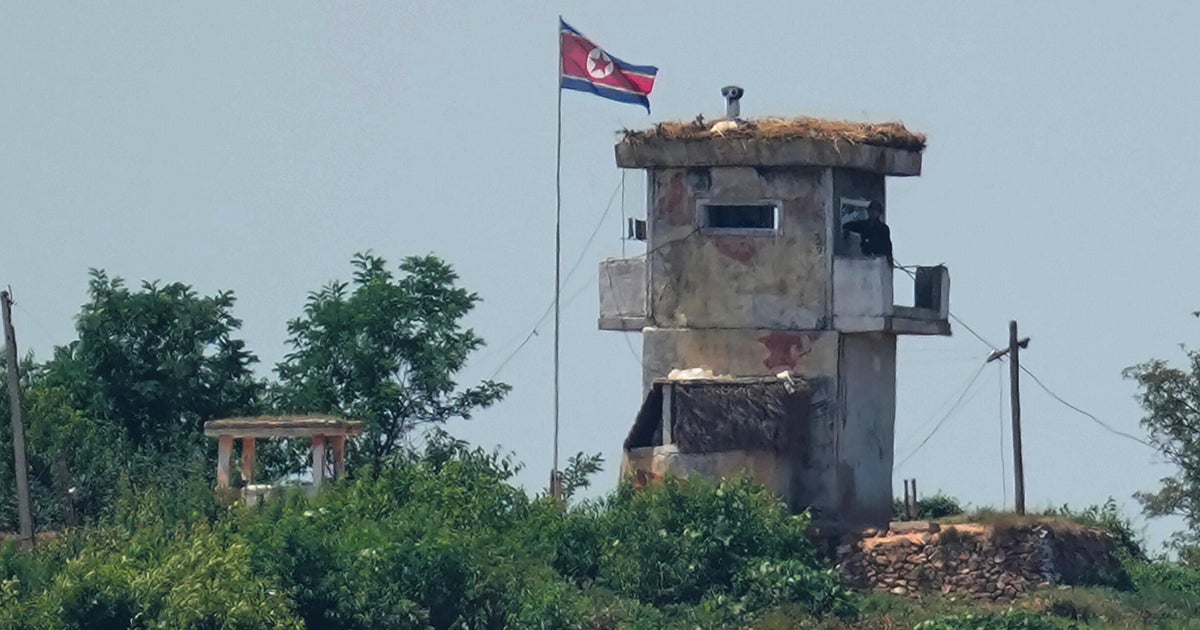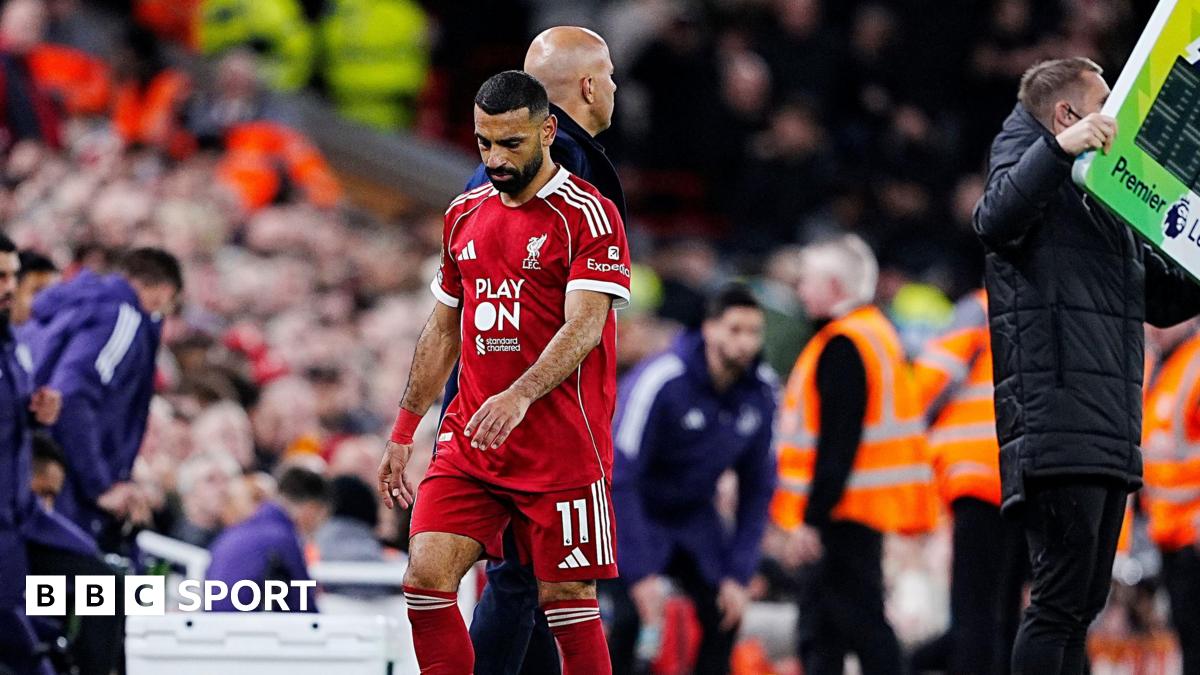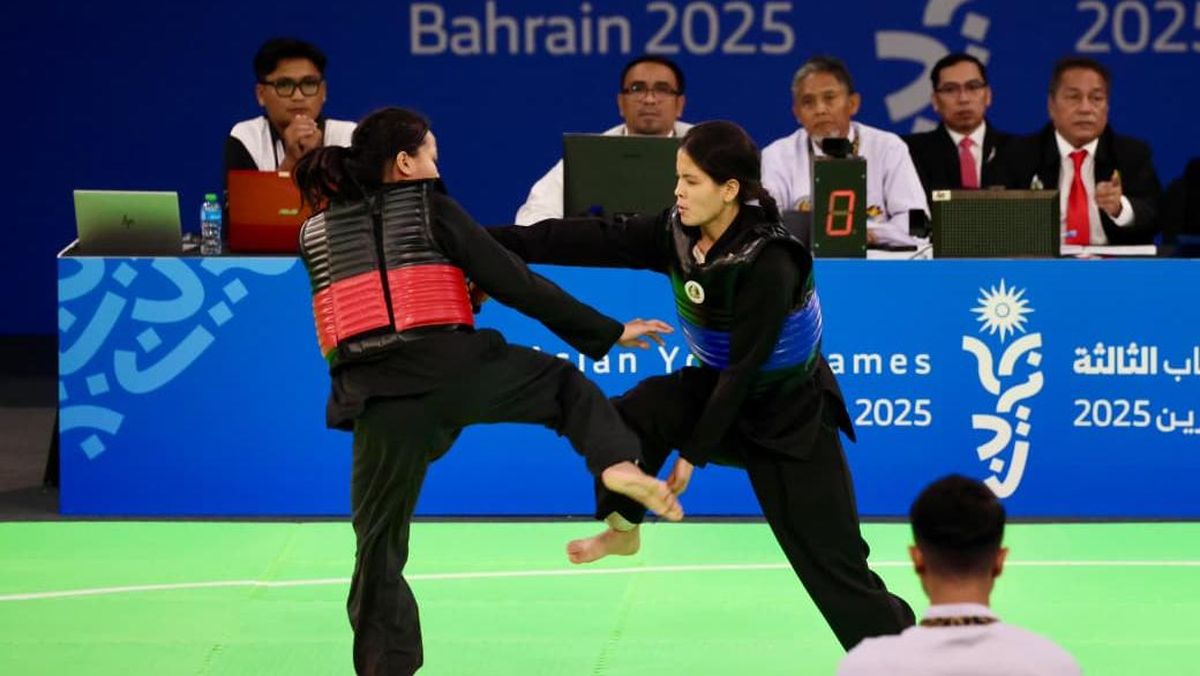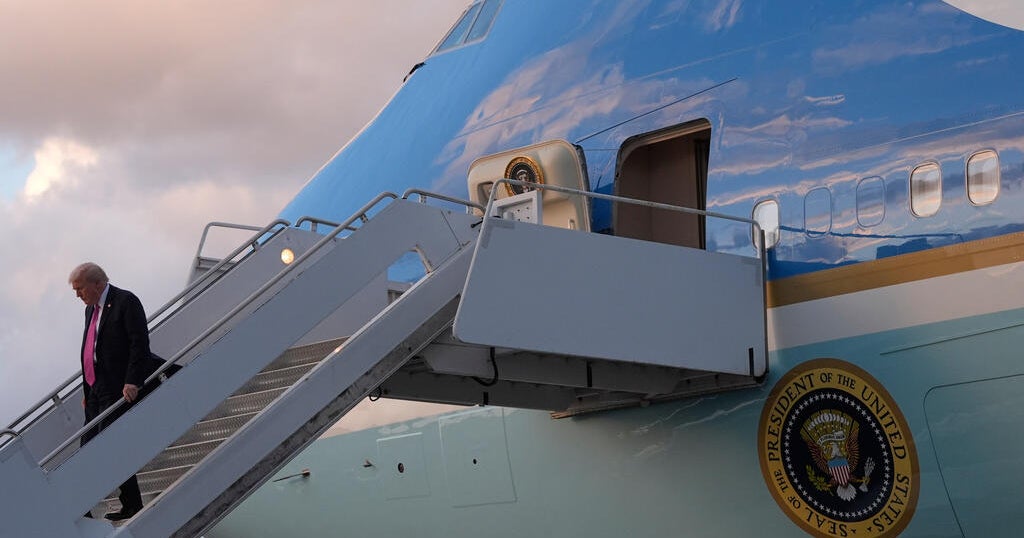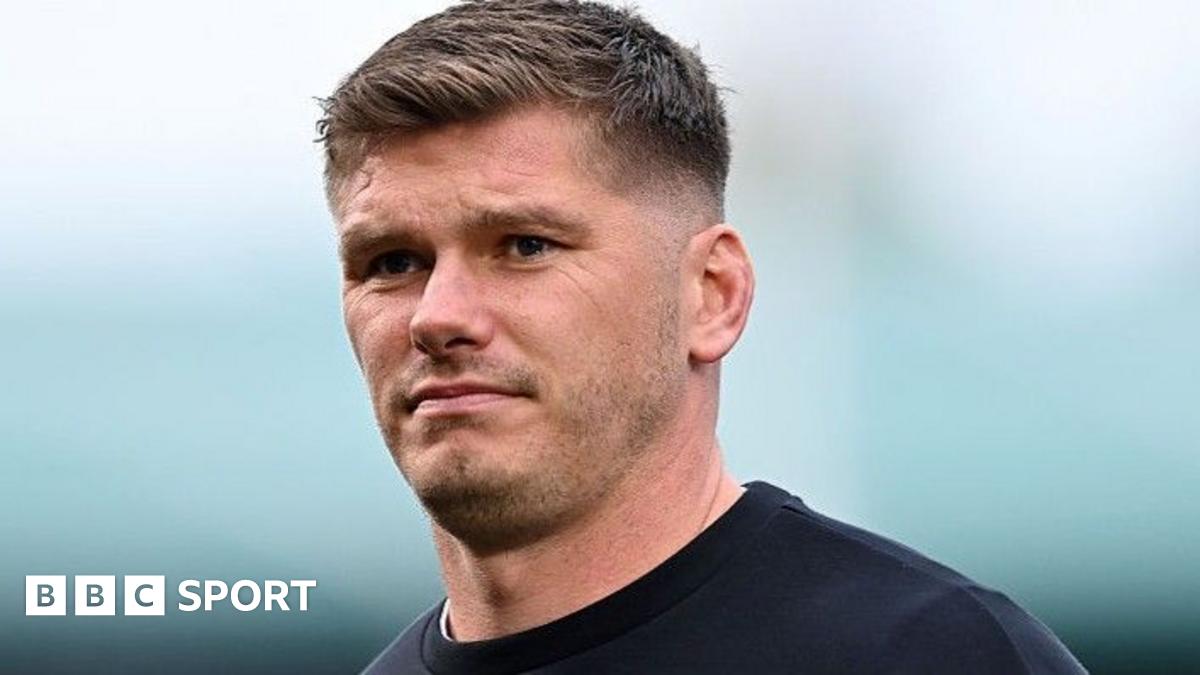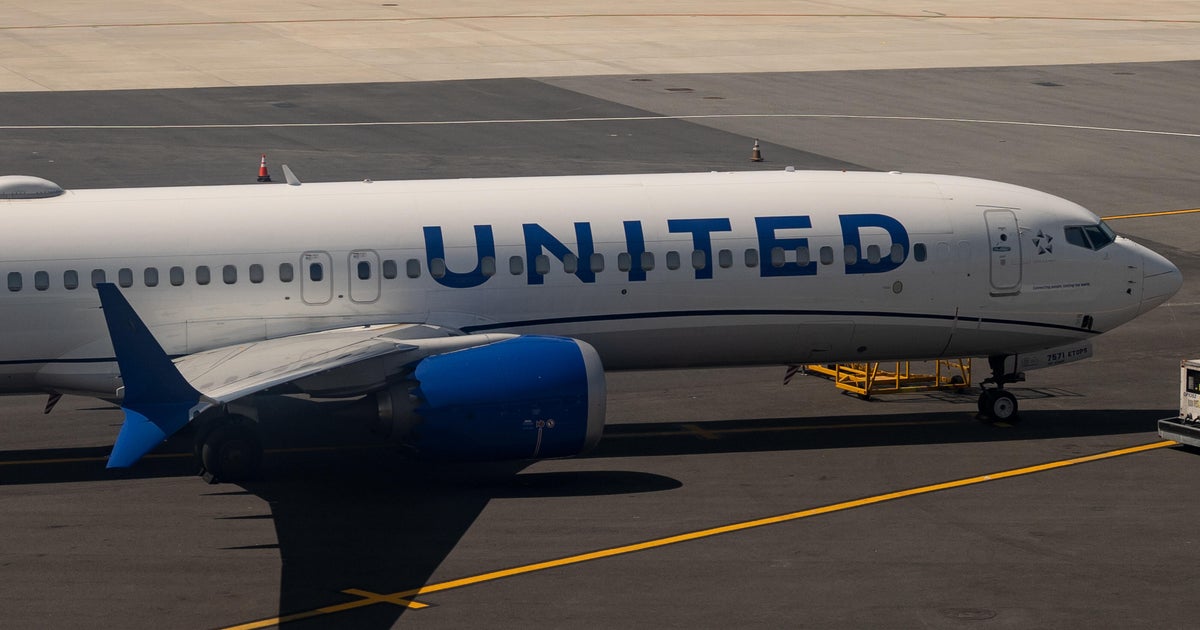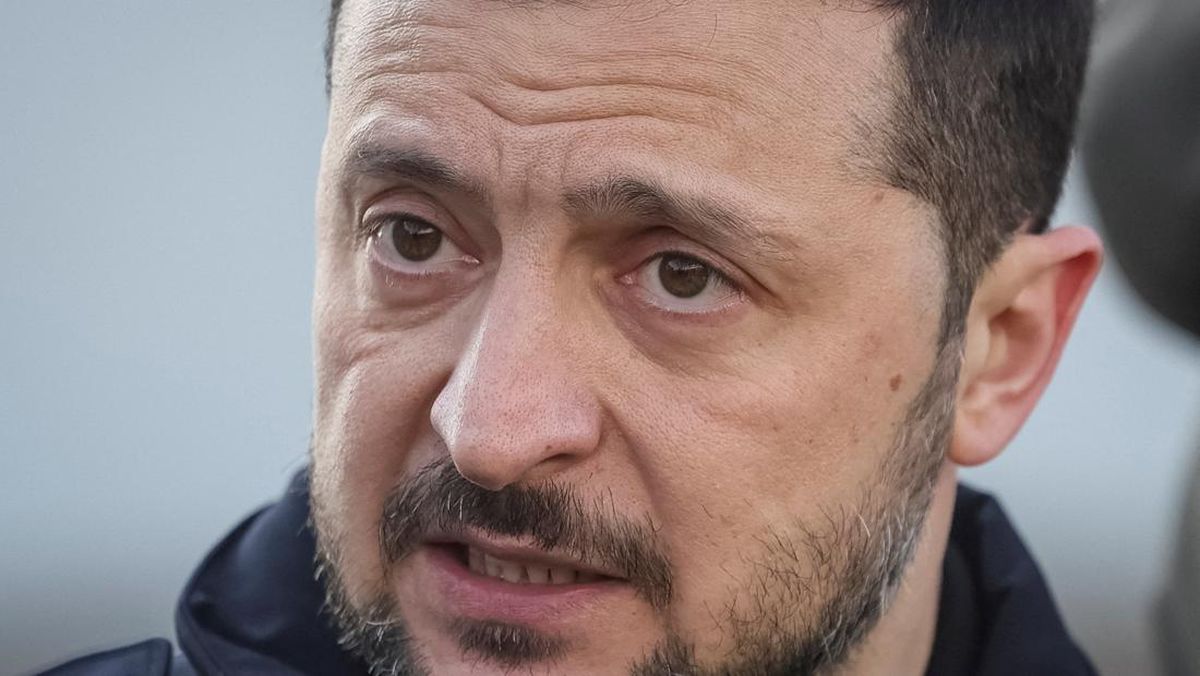NSW Premier Chris Minns has said the state’s housing crisis is so pervasive that it has infected all parts of public policy from industrial relations to shortages in skilled labour and the cost of living.
In his strongest comments to date on the housing quagmire facing NSW, Minns also doubled down on councils that try to stand in the way of development, reminding them “local government is just an act of the state parliament”.

NSW Premier Chris Minns says all problems can be traced back to housing.Credit: Digital Index image: Michael Howard
“The biggest problems we face all come back to housing,” Minns said in an exclusive interview.
“We’ve got industrial relations problems; they’re really housing problems. We’ve got a skilled labour shortage problem, it’s really a housing problem. We’ve got a cost of living, family budget problem – it’s really a housing problem.
“The biggest element of every family budget is just housing costs. The median house price in Sydney is $1.53 million and the median house price in Melbourne’s $1 million. And there’s a reason for it.”
Minns said NSW built six houses per 1000 people every 12 months while Victoria delivered eight houses per 1000 people, and Queensland nine.
“That’s been like that for 15 years. I found that the greatest resistance to the planning reforms early on was from our own bureaucrats and if they’re not touching planning decisions as they move through the system, they’re not happy,” Minns said.

The NSW government says it will deliver its Woollahra housing promise, despite local council opposition. Credit: Sitthixay Ditthavong
NSW Labor’s sweeping changes to the state’s 50-year-old planning act passed the lower house last week with minor amendments, after the Coalition offered bipartisan support for the reforms, which are designed to make it quicker and easier to deliver new homes.
The changes will enshrine in law the three-person Housing Delivery Authority. The HDA, established in January, has the power to set significant developments on a fast track, bypassing local councils.
As the NSW government faces an uphill battle to deliver 377,000 new homes by 2029 as agreed under the National Housing Accord, Minns has previously said the state’s Environmental Planning and Assessment Act 1979 had become “a bottleneck in the state’s ability to build more homes”.
‘And they can be a pain, yeah, they can. But we’ve been rolling over the top of them for the last two years, and now we’re about to formalise it with the bill.’
Chris Minns, NSW premierMinns said it had been “convenient” in the past to blame councils for refusing housing developments, but he stressed that was merely an excuse because state governments could override local government, with powers further strengthened under the new planning bill.
“In my view, it’s been a bit convenient to use councils in the past. Like Woollahra, we announced that, and we’re going ahead with it. It will be unanimously opposed by that council, but we’re going to put in a train station and 10,000 houses,” Minns said.
“The secret here, though, is that local government is just an act of the state parliament.
“We effectively have eminent domain over their decisions. And they can be a pain, yeah, they can. But we’ve been rolling over the top of them for the last two years, and now we’re about to formalise it with the bill.”
Loading
The Minns government has announced it will open a ghost station at Woollahra on the eastern suburbs train line, at a cost of $200 million, to support the construction of thousands of new homes.
The Liberal-controlled Woollahra Council is opposed to the plans and plans to take legal action in a bid to stop the development push in the inner Sydney suburbs.
At the same time, the NSW government has rejected the Coalition’s plans to convert Long Bay jail, in the southern section of the eastern suburbs, into new housing. Minns has said the development would not be feasible without a metro line, which he says is too expensive.
Loading
The housing dilemma facing Minns was confirmed by figures released this week by the Australian Bureau of Statistics.
In the three months to the end of June, just 9638 homes – houses and units – were completed across NSW, the lowest quarterly result since 2014. For the 2024-25 financial year, 42,411 homes were finished, a drop of 33 per cent on the 63,497 completed in 2019-20.
There were 12,304 homes completed in Victoria in the June quarter and 55,208 were finished last financial year. Over the past four years, almost 50,000 more homes have been built in Victoria than in NSW.
Minns said there should be no area of Sydney that was immune from more density.
“But if we do Woollahra and Canada Bay and Burwood and Camden and Blacktown and Kogarah, and everyone can see that everyone’s doing a bit, they feel there’s equity there,” Minns said.
“Whereas in the past, there was a very strong sense of ‘why am I doing all the heavy lifting?’.”
Start the day with a summary of the day’s most important and interesting stories, analysis and insights. Sign up for our Morning Edition newsletter.
Most Viewed in Politics
Loading


